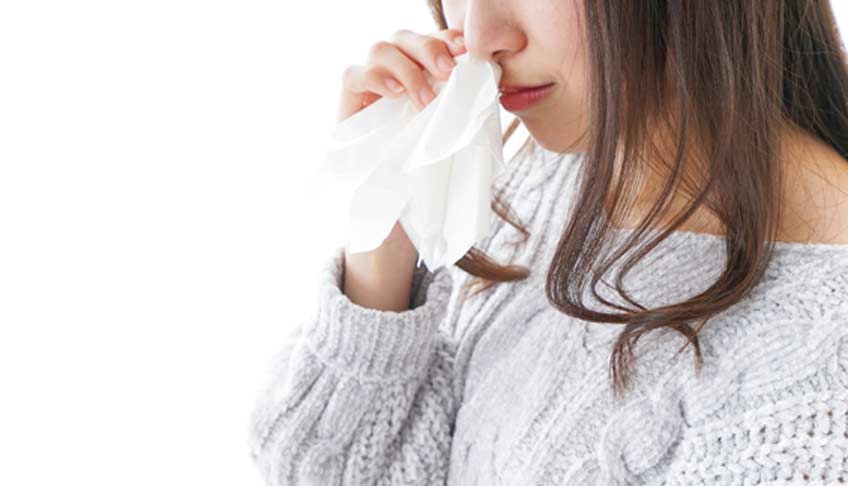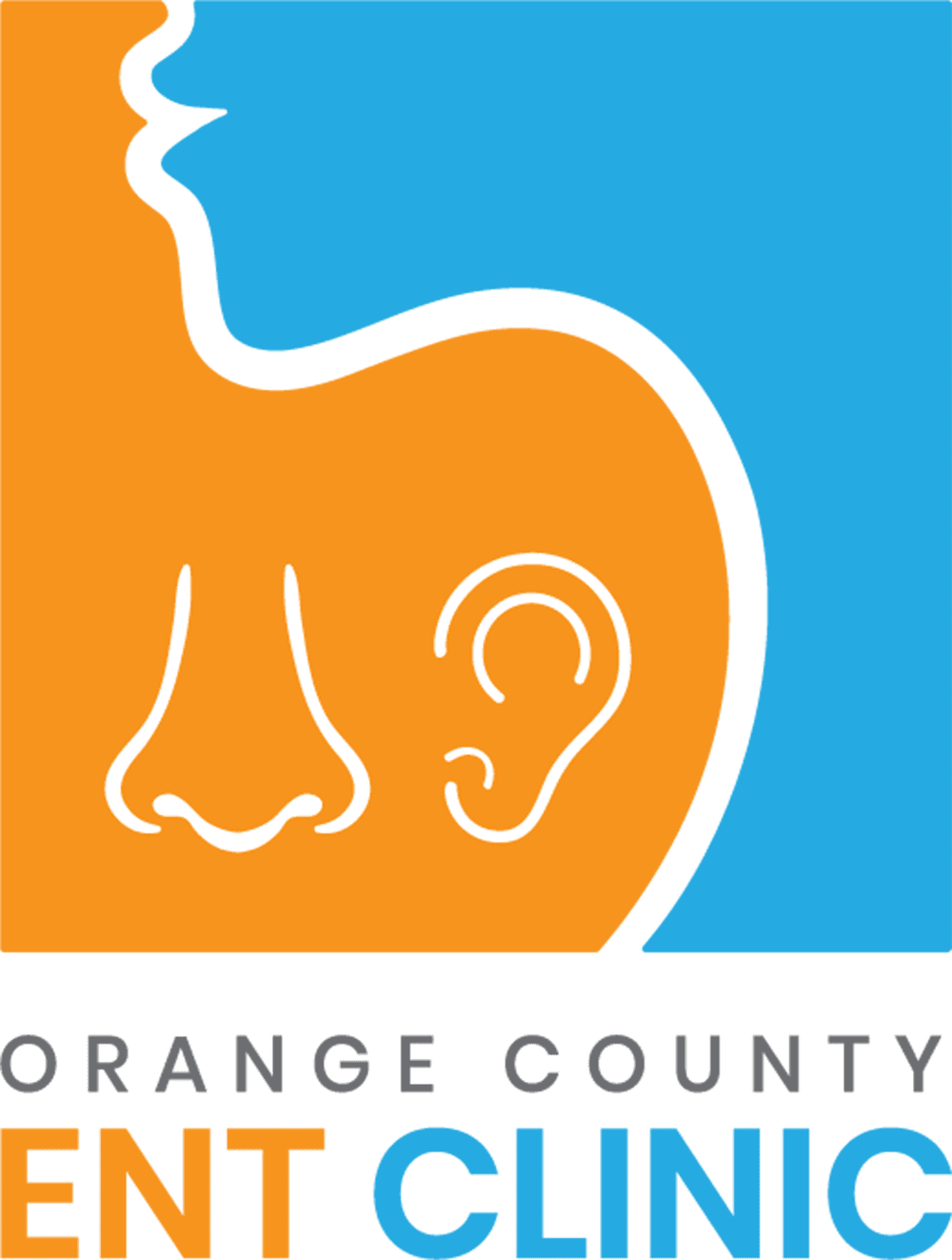
A nosebleed occurs when tiny blood vessels that line the inside part of the nose become damaged.
Both nostrils may be affected, although the bleeding is usually limited to just one nostril. Often caused by dry nasal membranes or the insertion of a finger into the nose, nosebleeds are usually nothing more than a temporary inconvenience.
However, there are times when nosebleeds are serious and potentially dangerous if not treated.
Who Gets Nosebleeds?
Anyone can be affected by a nosebleed at any time in life. However, children are sometimes more susceptible to them because of habits such as nose picking. Active kids and teens may also be at an increased risk of developing nosebleeds, especially if they play contact sports. Older adults using blood-thinning medications may also be more susceptible to nosebleeds.


What Causes Noses to Bleed?
There are many possible causes of nosebleeds. In general, the reason why bleeding in the nose sometimes occurs is because the many tiny blood vessels inside of nostrils are close to the surface, which makes them susceptible to injury. If nasal membranes dry out, they also tend to be more likely to bleed. Some people have issues with nosebleeds because of chronic sinusitis, allergies, bleeding disorders like hemophilia, and exposure to certain chemical irritants.
Chronic congestion or sneezing not related to allergies (non-allergic rhinitis) and the frequent use of nasal sprays can also increase the risk of experiencing nosebleeds. Other than sudden trauma to the nose, additional risk factors and reasons for nosebleeds occurring include:
- Use of inhaled drugs
- Having a deviated septum
- Foreign objects in the nose
- Nasal polyps or tumors
- Excessive alcohol use
- Pregnancy
Can a Nosebleed Be Dangerous?
Most of the symptoms associated with a salivary gland infection mimic those of other conditions, which can make this infection difficult to diagnose. As such, you should look for two or more of the following symptoms before determining that you’re suffering from this type of infection. The main symptoms that occur with this infection include a dry mouth, facial pain, discomfort whenever eating or opening your mouth, and swelling around your face or neck. You could also experience general signs of an infection like chills or a fever.
How a Salivary Gland Infection Is Treated
Most nosebleeds go away fairly quickly. However, some bleeding in the nose is related to larger blood vessels in the back of the nose. Nosebleeds of this nature are more likely to occur as a result of an injury. Medical attention is recommended if a nosebleed continues for more than 20 minutes.
How Are Nosebleeds Treated?
Initial treatment for a nosebleed typically involves self-care. This means sitting down, leaning forward, and keeping the head above the heart. The purpose of leaning forward is to allow the blood to drain out of the nose and not down into the throat. Pinching the soft part of the nose just outside of the nostrils gently with fingers allows the clotting process to begin. Do this for about 5 minutes. If the bleeding hasn’t stopped, repeat for another 5-10 minutes. After the bleeding has stopped, avoid doing anything that could trigger it again, such as bending over or sneezing.
What If Medical Attention Is Necessary?
With a serious nosebleed that’s not going away with self-care efforts, cauterization may be necessary. This is a process that involves using a heating device or a special solution to stop blood vessels in the nose from bleeding. Another option is to pack the nose with an inflatable latex balloon or special gauze. Doing so places enough pressure on blood vessels to stop the bleeding.
While rare, it is possible for severe high blood pressure to worsen nosebleeds or prolong them. Nosebleeds are sometimes preventable by making an effort to minimize exposure to dry indoor environments with the use of a humidifier, especially during times of the year when more time is spent inside. Quitting smoking is also advised if you have regular nosebleeds since smoking drys out nasal membranes and irritates the inside of the nose.
